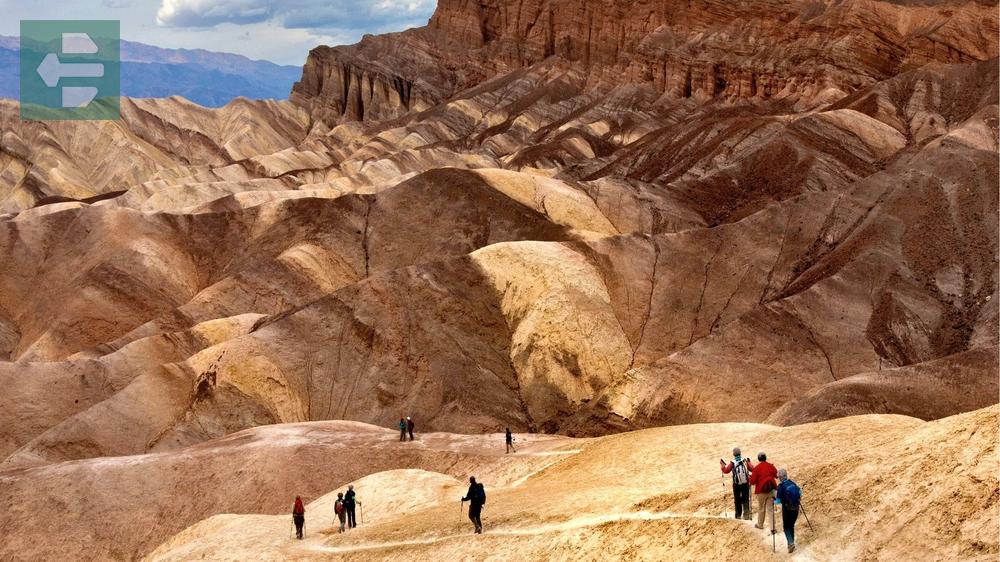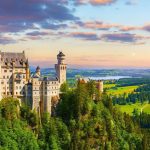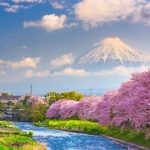April transforms national parks across the globe into spectacular destinations. Yosemite's waterfalls roar with snowmelt, Yellowstone's wildlife emerges from winter slumber, and Zion's red rocks contrast against blooming wildflowers. From Joshua Tree's desert blossoms to the Great Smoky Mountains' spring awakening, April offers perfect conditions for exploration.
Keep reading as we uncover the best national parks to visit in April that will make your spring adventure unforgettable.
List of Contents
- 1. Yosemite National Park: When Giants Weep
- 2. Yellowstone National Park: The Great Awakening
- 3. Zion National Park: Red Rock Renaissance
- 4. Joshua Tree National Park: Desert in Bloom
- 5. Grand Canyon National Park: Perfect Balance
- 6. Big Bend National Park: Desert Symphony
- 7. Great Smoky Mountains National Park: Spring's Grand Opening
- 8. Olympic National Park: Three Parks in One
- 9. Glacier National Park: Winter's Last Stand
- 10. Sequoia National Park: Giants and Wildflowers
- 11. Rocky Mountain National Park: High Country Awakening
- 12. Acadia National Park: Maine's Rugged Coast
- 13. Canyonlands National Park: Perfect Desert Conditions
- 14. Everglades National Park: Wildlife Spectacle
- 15. Banff National Park: Canadian Rockies Awakening
- 16. Torres del Paine National Park: Patagonian Autumn
- 17. Plitvice Lakes National Park: Spring Cascades
- 18. Kruger National Park: Autumn Safari
- 19. Fiordland National Park: Untamed Wilderness
1. Yosemite National Park: When Giants Weep
April turns Yosemite's granite cliffs into thundering showcases. Snowmelt creates waterfalls that dwarf visitors standing below—Bridalveil Fall mists everything within 100 yards while Yosemite Falls pounds the valley floor with relentless force.
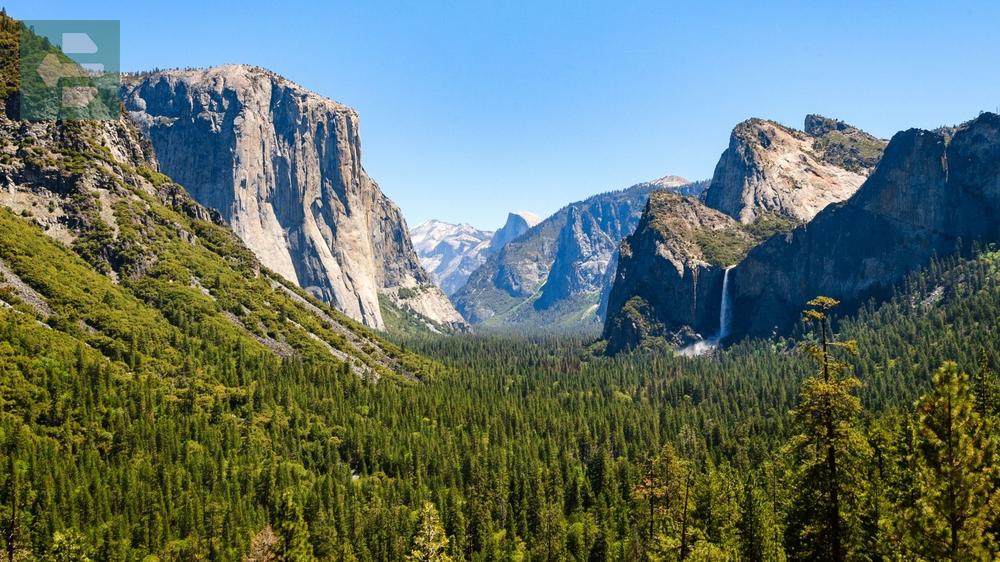
The dogwoods bloom white against gray granite. Temperatures hover around 63°F during the day, perfect for hiking without summer's crushing heat. Most tourists haven't arrived yet, leaving you space to breathe.
I once stood at the base of Vernal Fall in early April, soaked to the skin from mist, watching thousands of gallons cascade past. That's when you understand why John Muir never left these mountains.
Quick Facts:
- Peak season: Summer (June-August)
- How to get there: Fly to Fresno or San Francisco, drive 3-4 hours
- Entrance fee: From $35 per vehicle
- Suggested stay: 3-4 days
- Key areas: Yosemite Valley, Wawona, Mariposa Grove, Glacier Point Road
2. Yellowstone National Park: The Great Awakening
April marks Yellowstone's annual resurrection. Bison calves take their first wobbly steps in Lamar Valley while black bears emerge from dens, blinking in the spring light. The park feels different—alive after months of white silence.
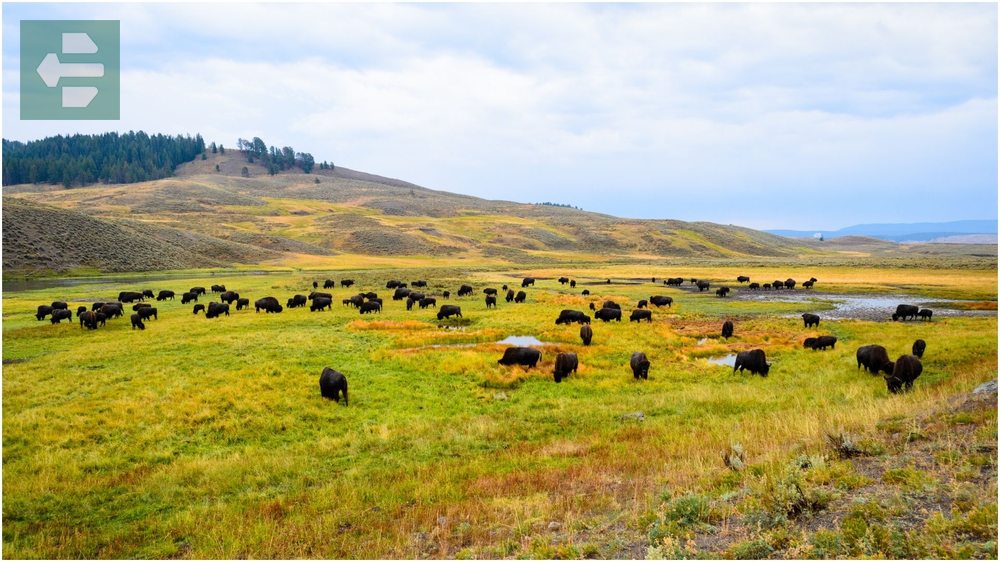
Most roads open by April 21st, connecting you to Old Faithful and the Grand Canyon of Yellowstone. Wildlife tracks remain perfect in patches of snow, making animal spotting easier than summer's crowded chaos.
The geysers steam more dramatically against cool air. Visitors are sparse, giving you front-row seats to nature's theater without fighting for parking spaces.
Quick Facts:
- Peak season: Summer (July-September)
- How to get there: Fly to Jackson, Bozeman, or Denver
- Entrance fee: From $35 per vehicle
- Suggested stay: 4-5 days
- Key areas: Lamar Valley, Old Faithful, Grand Canyon of Yellowstone, Mammoth Hot Springs
3. Zion National Park: Red Rock Renaissance
Zion explodes with life in April. The Virgin River runs clear and cold from mountain snowmelt while cottonwoods unfurl bright green leaves against red canyon walls. Temperatures peak around 70°F—perfect for exposed trails that become furnaces by June.
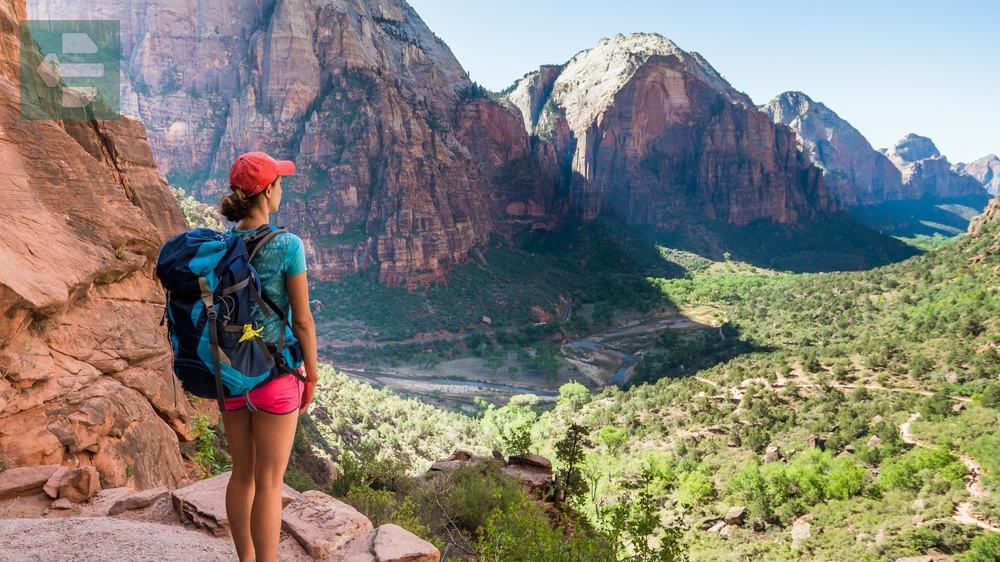
Wildflowers carpet the canyon floor in April. Desert marigolds and Indian paintbrush create splashes of yellow and red against the sandstone backdrop. The three waterfalls at Emerald Pools flow with seasonal abundance.
Skip The Narrows during April's runoff—the current runs too swift and cold. Instead, tackle Angels Landing or Observation Point for views that stretch across southern Utah's red rock country.
Quick Facts:
- Peak season: Spring/Fall (March-May, September-November)
- How to get there: Fly to Las Vegas, drive 2.5 hours
- Entrance fee: From $35 per vehicle
- Suggested stay: 3-4 days
- Key areas: Zion Canyon, Angels Landing, Emerald Pools, Riverside Walk
4. Joshua Tree National Park: Desert in Bloom
April transforms Joshua Tree into a photographer's paradise. Wildflowers erupt across the Mojave landscape—brittlebush, desert lupine, and ghost flower create carpets of color between the park's signature twisted trees.
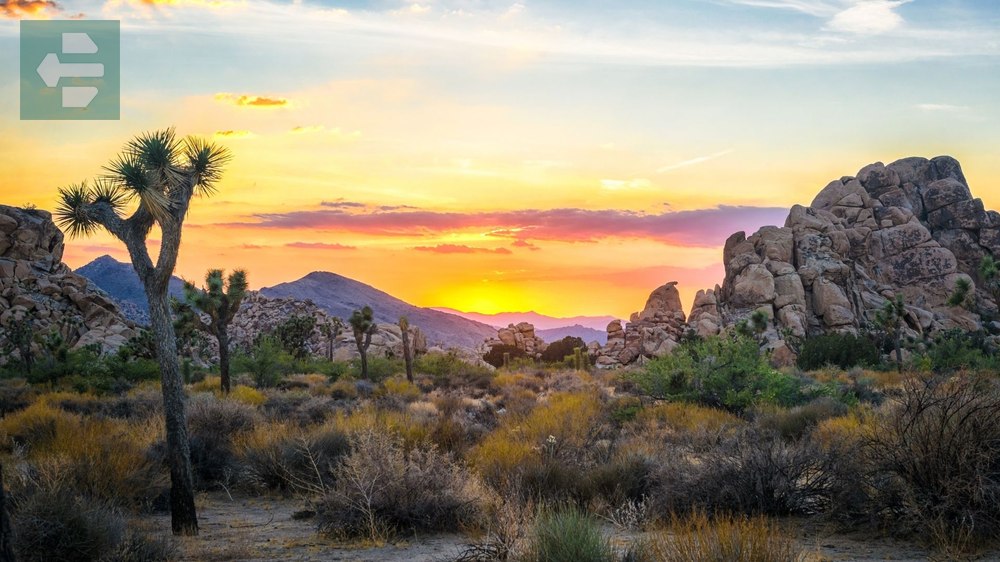
Temperatures stay comfortable at 72°F during the day, dropping to 48°F at night. The desert air remains crisp and clear, perfect for the park's famous night sky photography workshops.
Rock climbers flock here in April for ideal conditions. The park's 8,000 climbing routes range from beginner boulder problems to advanced technical climbs. Locals recommend sunrise at Cholla Cactus Garden when the morning light sets the spines ablaze.
Quick Facts:
- Peak season: Spring (March-May)
- How to get there: Drive 2.5 hours east from Los Angeles
- Entrance fee: From $30 per vehicle
- Suggested stay: 2-3 days
- Key areas: Cholla Cactus Garden, Skull Rock, Keys View, Hidden Valley
5. Grand Canyon National Park: Perfect Balance
April offers the Grand Canyon's sweet spot—warm enough for comfortable hiking yet cool enough to avoid summer's dangerous heat. Temperatures at the South Rim range from 35°F to 64°F while the Inner Canyon warms to a pleasant 85°F.

Spring wildflowers bloom at lower elevations, adding unexpected color to the desert landscape. Wildlife emerges more frequently as winter releases its grip on the high country.
The North Rim remains closed, but this forces visitors to discover the South Rim's lesser-known viewpoints. Desert View Drive offers 23 miles of spectacular overlooks without summer's bumper-to-bumper traffic.
Quick Facts:
- Peak season: Summer (June-August)
- How to get there: Fly to Phoenix or Las Vegas, drive 3-4 hours
- Entrance fee: From $35 per vehicle
- Suggested stay: 2-3 days
- Key areas: South Rim Village, Desert View Drive, Bright Angel Trail, Hermit Road
6. Big Bend National Park: Desert Symphony
April awakens Big Bend's Chihuahuan Desert with an explosion of wildflowers. Bluebonnets, prickly pear cactus blooms, and desert marigolds paint the landscape in brilliant blues, yellows, and pinks—a display that lasts only weeks.
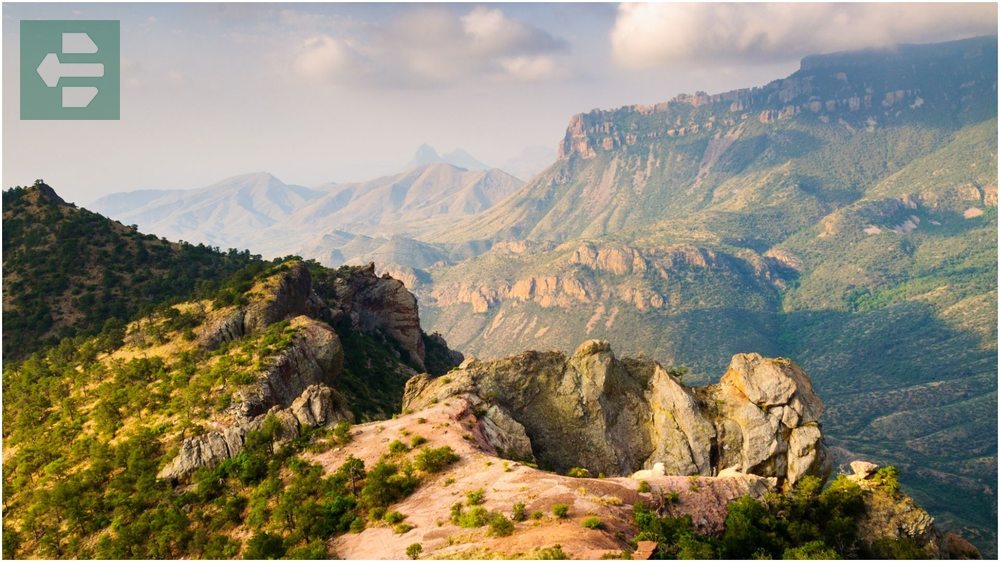
The park hosts more cactus species than any other national park. Temperatures remain comfortable in the 70s while the desert floor stays dry enough for excellent hiking conditions.
At Santa Elena Canyon, the Rio Grande has carved towering limestone walls that create natural amphitheaters. The river runs clear in April, perfect for floating trips before summer's heat makes the desert unbearable.
Quick Facts:
- Peak season: Spring (March-May)
- How to get there: Fly to El Paso, drive 5 hours
- Entrance fee: From $30 per vehicle
- Suggested stay: 3-4 days
- Key areas: Santa Elena Canyon, Chisos Mountains, Hot Springs, Ross Maxwell Scenic Drive
7. Great Smoky Mountains National Park: Spring's Grand Opening
April launches the Smokies' wildflower season with dramatic flair. More than 1,500 flowering plant species call this park home—more than any other national park. Trilliums, bloodroot, and spring beauties carpet the forest floor in white and pink.
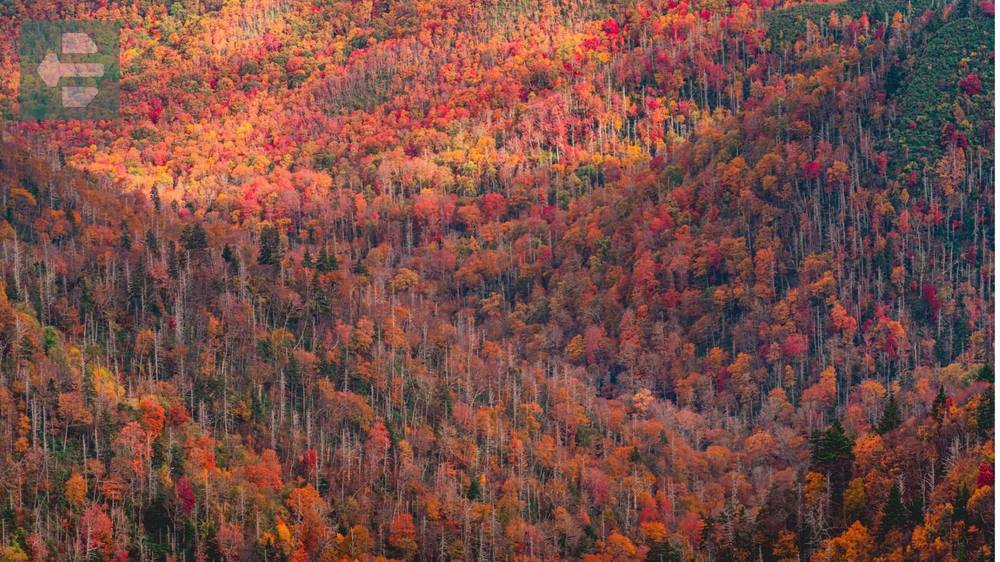
The park charges no entrance fee, making it America's most visited national park. April visitors beat the summer crowds while enjoying perfect hiking weather in the 60s and 70s.
During my April visit to Cataract Falls, I counted seven different wildflower species within arm's reach of the trail. The diversity rivals tropical rainforests, all contained within ancient Appalachian mountains.
Quick Facts:
- Peak season: Summer (June-August)
- How to get there: Fly to Knoxville or Nashville
- Entrance fee: Free
- Suggested stay: 3-4 days
- Key areas: Cataract Falls, Cades Cove, Chimney Tops, Alum Cave Trail
8. Olympic National Park: Three Parks in One
April opens Olympic's lower elevations while Hurricane Ridge remains snow-covered. The park's temperate rainforests come alive with new growth—moss drapes every surface in brilliant green while massive old-growth trees dwarf hiking trails.
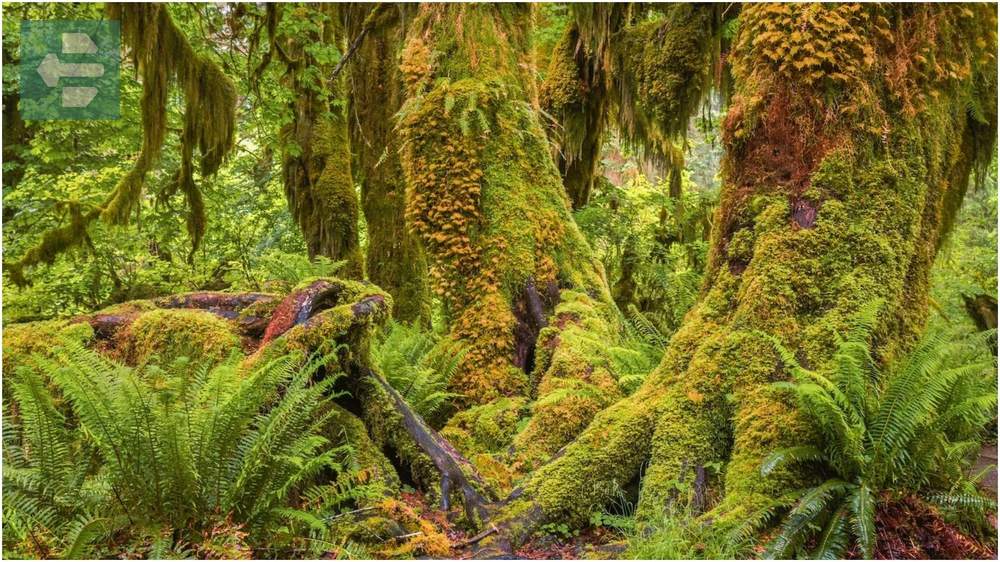
The Pacific Coast stays wild and windswept. Ruby Beach and Rialto Beach offer dramatic sea stacks and tide pools filled with starfish and anemones. Storm-watching becomes a spectacle as Pacific fronts roll ashore.
Locals recommend visiting Sol Duc Hot Springs in April. The natural hot springs provide perfect relaxation after hiking through misty old-growth forests where trees measure 12 feet in diameter.
Quick Facts:
- Peak season: Summer (July-September)
- How to get there: Fly to Seattle, drive 2-3 hours
- Entrance fee: From $30 per vehicle
- Suggested stay: 3-4 days
- Key areas: Hoh Rainforest, Ruby Beach, Sol Duc, Lake Crescent
9. Glacier National Park: Winter's Last Stand
April in Glacier means deep snow and limited access. Going-to-the-Sun Road remains closed beyond Lake McDonald Lodge, but this creates unique opportunities for snowshoeing and cross-country skiing without summer crowds.
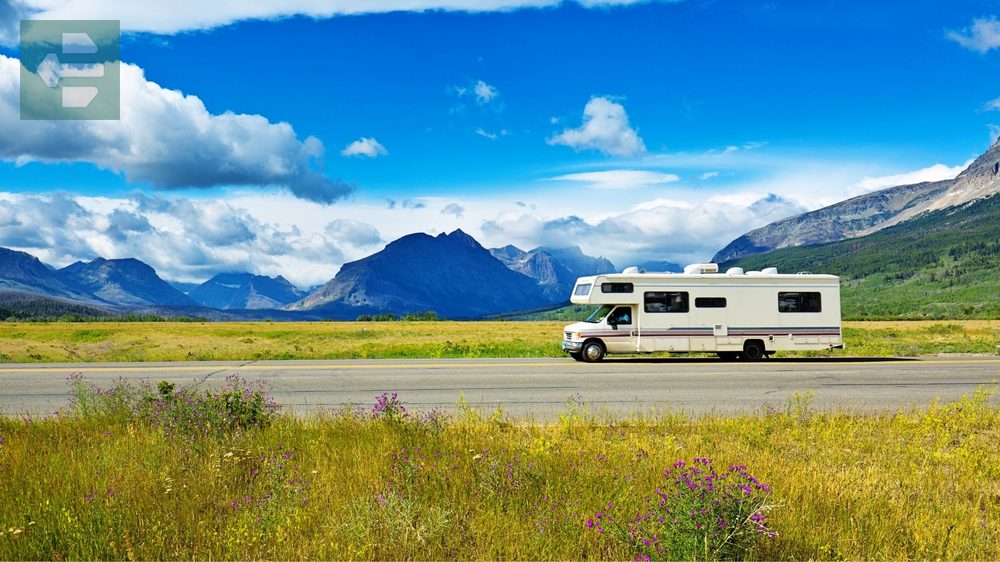
The park's lower elevations around Apgar and West Glacier offer accessible hiking through snow-dusted forests. Wildlife emerges cautiously—mountain goats descend to lower elevations while black bears begin stirring from winter dens.
For dedicated winter adventurers, April provides solitude impossible during peak season. The mountains wear pristine snow blankets that won't melt until late June.
Quick Facts:
- Peak season: Summer (July-September)
- How to get there: Fly to Kalispell, drive 1 hour
- Entrance fee: From $35 per vehicle
- Suggested stay: 2-3 days (limited access)
- Key areas: Lake McDonald, Apgar Village, West Glacier (limited access)
10. Sequoia National Park: Giants and Wildflowers
April brings spring to Sequoia's foothills while the giant sequoia groves remain snowy. The lower elevation areas burst with wildflowers—lupines, poppies, and Indian paintbrush create colorful meadows below the world's largest trees.

Temperatures in the foothills reach comfortable 70°F while the sequoia groves stay around 50°F. General Sherman Tree, the world's largest living thing by volume, stands accessible via a paved trail from the Giant Forest.
The Foothills region offers excellent hiking without snow. Marble Falls Trail leads to cascading waterfalls fed by Sierra snowmelt, providing the perfect combination of wildflowers and rushing water.
Quick Facts:
- Peak season: Summer (June-August)
- How to get there: Fly to Fresno, drive 1.5 hours
- Entrance fee: From $35 per vehicle
- Suggested stay: 2-3 days
- Key areas: Giant Forest, General Sherman Tree, Foothills region, Marble Falls
11. Rocky Mountain National Park: High Country Awakening
April marks true spring's arrival in Rocky Mountain, though snow persists above 9,000 feet. Elk calves appear in the meadows while bighorn sheep descend from winter ranges. The park's famous elk bugling won't start until fall, but April offers different rewards.
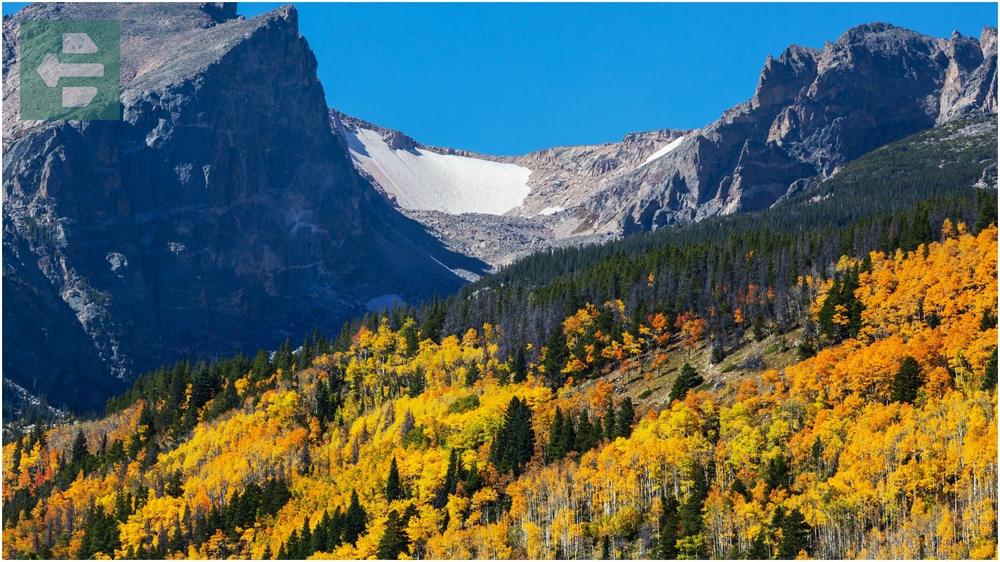
Trail Ridge Road remains closed above 10,000 feet, but lower elevation trails provide excellent hiking through aspen groves and pine forests. Sprague Lake and Bear Lake stay accessible, offering mountain reflections without summer's parking chaos.
Wildlife viewing peaks in April as animals emerge from winter survival mode. Rangers report increased bear activity as they search for new vegetation in the warming valleys.
Quick Facts:
- Peak season: Summer (June-August)
- How to get there: Fly to Denver, drive 1.5 hours
- Entrance fee: From $30 per vehicle
- Suggested stay: 3-4 days
- Key areas: Bear Lake, Sprague Lake, Lily Lake, Estes Park area
12. Acadia National Park: Maine's Rugged Coast
April in Acadia demands flexibility—weather swings from snow to sunshine within hours. The park's 47,000 acres encompass rocky coastlines, pristine lakes, and granite peaks that offer stunning Atlantic views.
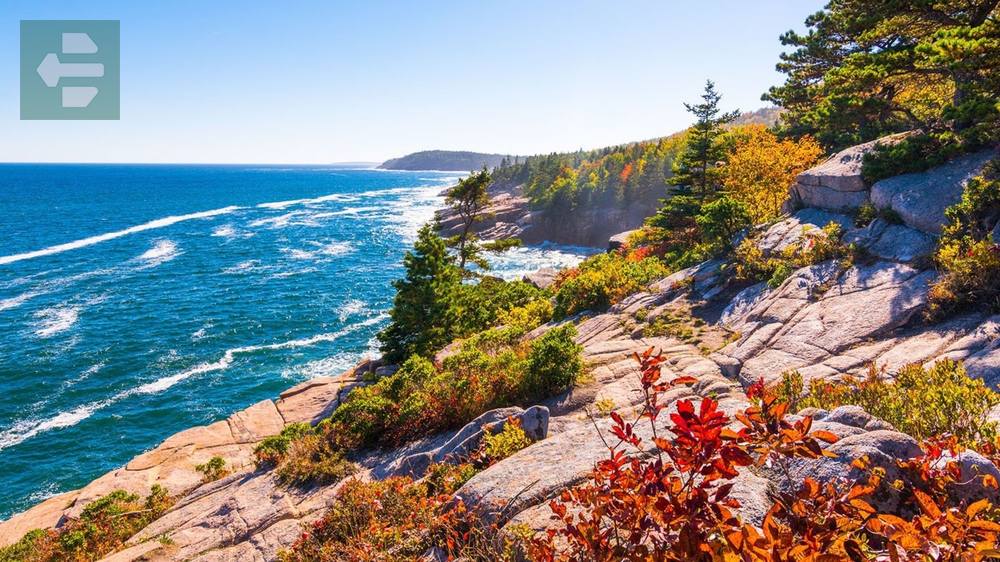
Cadillac Mountain, the first place to see sunrise in the United States from October through March, becomes accessible as snow melts. The 3.5-mile Summit Loop Road provides panoramic views across Frenchman Bay and the Atlantic Ocean.
Locals recommend visiting Thunder Hole during April's storm season. Atlantic swells crash into the granite chasm, creating thunderous booms and massive spray displays that can soak observers 50 feet away.
Quick Facts:
- Peak season: Summer (July-August)
- How to get there: Fly to Bangor, drive 1 hour
- Entrance fee: From $30 per vehicle
- Suggested stay: 2-3 days
- Key areas: Cadillac Mountain, Thunder Hole, Jordan Pond, Bar Harbor
13. Canyonlands National Park: Perfect Desert Conditions
April delivers Canyonlands' ideal weather—70°F highs and 40°F lows with clear skies and minimal wind. The Colorado and Green Rivers have carved spectacular canyons, mesas, and buttes from layers of red sandstone and limestone.

Mesa Arch captures photographers at sunrise when the natural window glows orange-red against the distant La Sal Mountains. The short hike takes 30 minutes but arrives early—this Instagram-famous spot draws crowds even in April.
Island in the Sky district offers the park's most accessible viewpoints via paved roads. Grand View Point Overlook provides a sweeping panorama of the Colorado River 2,000 feet below, stretching toward the distant Henry Mountains.
Quick Facts:
- Peak season: Spring/Fall (April-May, September-October)
- How to get there: Fly to Salt Lake City, drive 4 hours
- Entrance fee: From $30 per vehicle
- Suggested stay: 2-3 days
- Key areas: Mesa Arch, Grand View Point, Upheaval Dome, White Rim Road
14. Everglades National Park: Wildlife Spectacle
April marks the end of Everglades' dry season when wildlife concentrates around remaining water sources. Alligators, manatees, and hundreds of bird species create one of America's greatest wildlife spectacles in the shallow waters and sawgrass prairies.
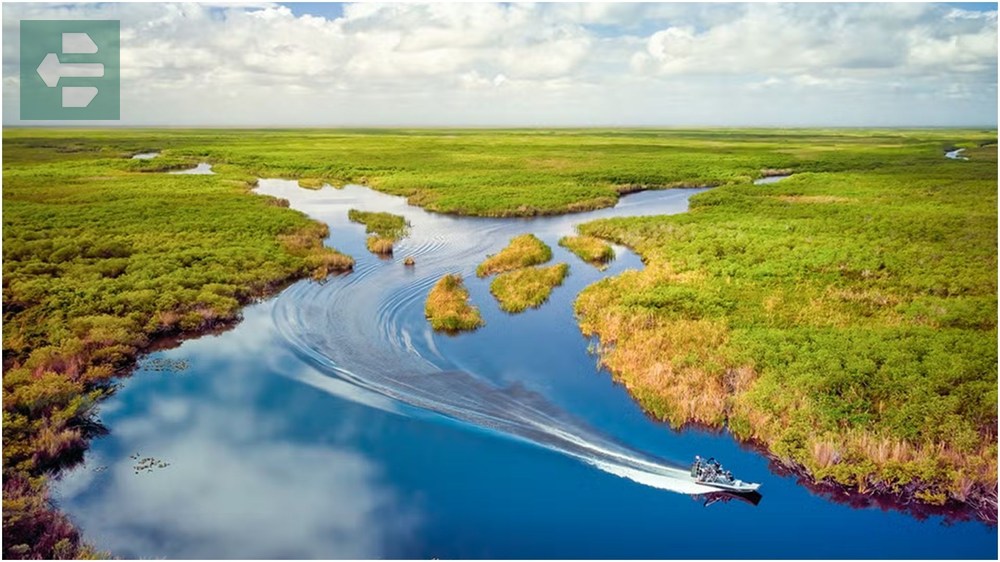
The Anhinga Trail becomes a natural zoo as alligators sun themselves within arm's reach while anhinga birds spear fish in the dark water. Temperatures stay comfortable in the low 80s with lower humidity than summer months.
Flamingo, the park's southernmost point, offers backcountry boat tours through Florida Bay's maze of mangrove islands. Manatees surface regularly while dolphins play in the shallow water between the keys.
Quick Facts:
- Peak season: Winter (December-April)
- How to get there: Fly to Miami, drive 1.5 hours
- Entrance fee: From $30 per vehicle
- Suggested stay: 2-3 days
- Key areas: Anhinga Trail, Shark Valley, Flamingo, Ten Thousand Islands
15. Banff National Park: Canadian Rockies Awakening
April brings Banff's tentative spring as temperatures climb toward 50°F and daylight hours extend dramatically. Lake Louise may still freeze at night, but the turquoise water begins appearing around the edges as ice melts.
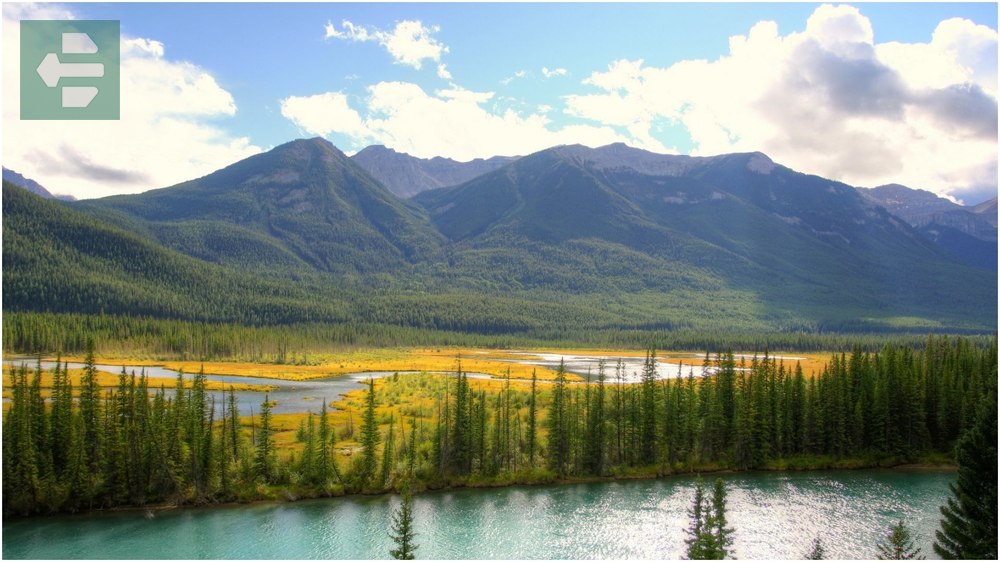
Grizzly and black bears emerge from hibernation, making April excellent for wildlife viewing before they climb to higher elevations. The Bow Valley Parkway offers the best bear-spotting opportunities as they graze on new vegetation.
Johnston Canyon's frozen waterfalls begin their spring transformation. The lower falls become accessible without ice cleats while the upper falls maintain their winter ice formations, creating a unique transitional landscape found nowhere else.
Quick Facts:
- Peak season: Summer (July-August)
- How to get there: Fly to Calgary, drive 1.5 hours
- Entrance fee: From CAD $10.50 per day
- Suggested stay: 3-4 days
- Key areas: Lake Louise, Johnston Canyon, Moraine Lake, Bow Valley Parkway
16. Torres del Paine National Park: Patagonian Autumn
April ushers in Torres del Paine's autumn season with stable weather and fewer crowds than peak summer months. The park's famous granite towers rise dramatically above turquoise lakes while guanacos graze across the windswept pampas.
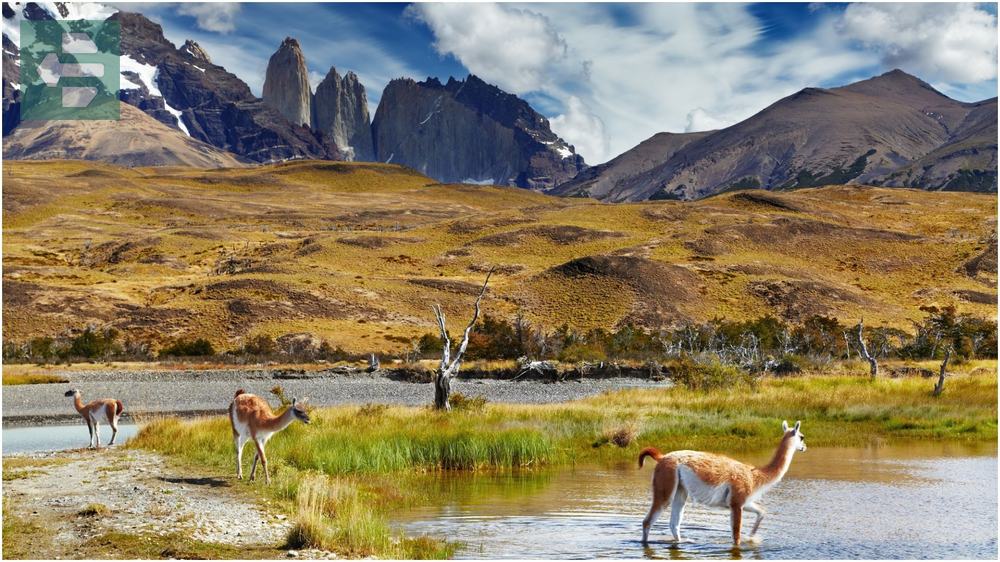
The W Circuit becomes more accessible as summer's fierce winds subside. Temperatures drop to comfortable hiking levels around 60°F during the day while nights require warm sleeping bags in the 30s.
At Lago Grey, massive icebergs calved from Grey Glacier drift across the lake's surface like ancient blue sculptures. The contrast between ice and the golden autumn grasslands creates some of Patagonia's most dramatic photography opportunities.
Quick Facts:
- Peak season: Summer (December-February)
- How to get there: Fly to Santiago, connect to Punta Arenas, drive 3 hours
- Entrance fee: From $35 USD
- Suggested stay: 4-5 days
- Key areas: Torres del Paine, Grey Glacier, Cuernos del Paine, Las Torres Base Trek
17. Plitvice Lakes National Park: Spring Cascades
April awakens Plitvice's 16 terraced lakes as snowmelt feeds the park's spectacular waterfall system. The wooden boardwalks provide access through a landscape that changes dramatically with each passing day as spring vegetation emerges.
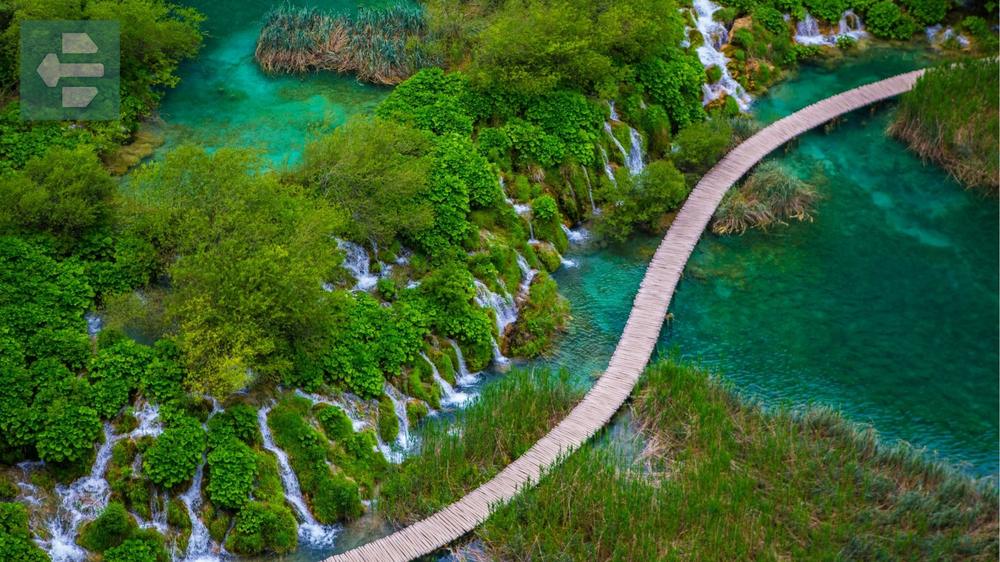
Water levels peak in April, creating the most dramatic waterfall displays of the year. The lower lakes showcase massive cascades while the upper lakes remain quieter, reflecting the beech and spruce forests in their crystal-clear waters.
European crowds haven't arrived yet, allowing peaceful walks through what feels like a natural cathedral. The park's travertine barriers create natural dams that have formed these stepped lakes over thousands of years.
Quick Facts:
- Peak season: Summer (June-August)
- How to get there: Fly to Zagreb, drive 2 hours
- Entrance fee: From €10-40 (seasonal pricing)
- Suggested stay: 1-2 days
- Key areas: Lower Lakes, Upper Lakes, Veliki Slap waterfall, Kozjak Lake
18. Kruger National Park: Autumn Safari
April marks the beginning of Kruger's dry season as South Africa's autumn arrives. Wildlife concentrates around permanent water sources while vegetation thins out, creating excellent game viewing opportunities before peak tourist season.

The Big Five—lions, leopards, elephants, rhinos, and buffalo—become more active in cooler temperatures. Early morning game drives often produce multiple animal sightings as predators hunt and herbivores gather at waterholes.
Malaria risk decreases significantly in April as mosquito populations drop with cooler weather. The park's southern regions around Skukuza and Lower Sabie offer the highest concentrations of large mammals during this transition period.
Quick Facts:
- Peak season: Dry season (May-September)
- How to get there: Fly to Johannesburg, drive 4 hours or connect to Skukuza Airport
- Entrance fee: From R440 per day
- Suggested stay: 3-5 days
- Key areas: Skukuza, Lower Sabie, Satara, Kruger Gate
19. Fiordland National Park: Untamed Wilderness
April brings New Zealand's autumn to Fiordland's dramatic landscape of glacier-carved fjords, pristine lakes, and ancient rainforests. Milford Sound receives fewer tour boats while maintaining its spectacular waterfalls fed by frequent rainfall.

The Milford Track, often called “the finest walk in the world,” becomes less crowded as summer tourists depart. Four days of hiking through temperate rainforest leads to stunning views of Mitre Peak reflected in the still waters of Milford Sound.
Doubtful Sound offers even greater solitude with overnight cruises through fjords where silence becomes almost tangible. Bottlenose dolphins and fur seals provide wildlife encounters in one of Earth's most remote wilderness areas.
Quick Facts:
- Peak season: Summer (December-February)
- How to get there: Fly to Queenstown, drive 4-5 hours to Te Anau
- Entrance fee: Free (permits required for some tracks)
- Suggested stay: 3-4 days
- Key areas: Milford Sound, Doubtful Sound, Milford Track, Kepler Track
April transforms ordinary landscapes into extraordinary experiences across the globe's best national parks. From Yosemite's thundering waterfalls to Kruger's abundant wildlife, this month offers perfect conditions for adventure without peak season crowds.
Pack your hiking boots and camera. These 19 destinations await your discovery.
Your April adventure begins now.
